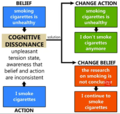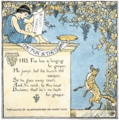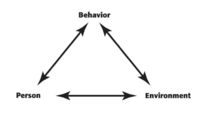Multimedia Examples for Motivation Theory: Difference between revisions
| Line 33: | Line 33: | ||
=='''Self-Efficacy Theory'''== | =='''Self-Efficacy Theory'''== | ||
File:Self-Efficacy-Bandura-1997.png|thumb|Bandura self-efficacy theory | File:Self-Efficacy-Bandura-1997.png|thumb|Bandura self-efficacy theory|image from: [https://www.researchgate.net/figure/Components-of-of-Self-Efficacy-Sources-Bandura-1997_fig1_323437617] | ||
[[File:Evidence table 6.jpg|200px|thumb|Both group teachers have increase of their TSE]] | [[File:Evidence table 6.jpg|200px|thumb|Both group teachers have increase of their TSE]] | ||
[[File:Fear to speak 1.png|200px|thumb|Fear of communicating with neighbors is a sign of lack of Performance Accomplishment. In the TV series, the man knocked on the door and left immediately, fearing to see the neighbors]] | [[File:Fear to speak 1.png|200px|thumb|Fear of communicating with neighbors is a sign of lack of Performance Accomplishment. In the TV series, the man knocked on the door and left immediately, fearing to see the neighbors]] | ||
Revision as of 15:40, 15 December 2022
Maslow’s Hierarchy of Needs
Maslow’s hierarchy of needs image source
Dynamic Hierarchy of Needs image source
Maslow’s hierarchy of needs implied in employee movement image source
Maslow’s hierarchy of needs and employee movement
image from: Maslow’s hierarchy of needs and employee movement
Locus of Control
Internal and External Locus of Control image source
Image of the Princess from Prince of Persia (DOS ver.) image source.
Story: The Elephant Rope
image from: The Elephant Rope
Cognitive Dissonance Theory
Self-Efficacy Theory
File:Self-Efficacy-Bandura-1997.png|thumb|Bandura self-efficacy theory|image from: [1]





















